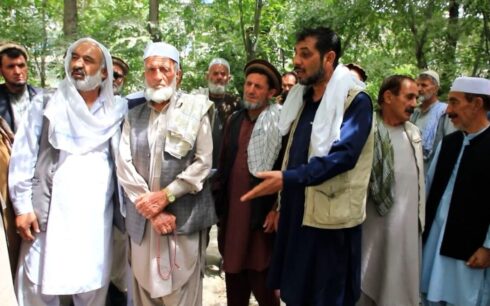TEHRAN — Nader YarAhmadi, the head of Iran’s Office for Foreign Nationals, announced on Wednesday that at least 10 percent of Afghan residents in Iran are enrolled in primary education.
YarAhmadi stated that the cost of educating each Afghan student in Iran is approximately 4.2 million rials a year (at least $100).
During a visit to Kerman Province, YarAhmadi noted that the region faces significant challenges related to its foreign population, adding, “This province is heavily burdened by issues related to foreign nationals and requires special support.”
Increasing migration and deportation
Iran hosts six million documented and undocumented migrants, according to YarAhmadi.
He emphasized that undocumented migrants would face deportation, stating, “All unauthorized foreign nationals will be expelled, as they have no option but to leave the country.”
He also noted a daily influx of more than 4,000 Afghan nationals entering Iran with valid passports and visas, a number that is steadily increasing.
YarAhmadi pointed to issues surrounding identity documentation among Afghans, noting that many lack proper identification in their home country.
“One of the problems we face with Afghanistan is that many individuals do not possess national identification,” he said. “Undocumented foreign nationals must return to their country and obtain proper legal identification so we can accommodate them here. Their legal status must first be clarified in their home country.”
This comes as the U.N. High Commissioner for Refugees (UNHCR) reported on Tuesday that Iran has deported more than 559,000 Afghan nationals in 2024.
This marks an 18 percent increase compared with the estimated 472,000 deportations during the same period in 2023.
The U.N. agency reported that from January to September 2024, it conducted 110,031 monitoring interviews with Afghan migrants, including 97,131 men and 12,900 women. These interviews revealed that many Afghans left their home country due to economic hardship, food insecurity, uncertainty about the future, health issues, restrictions on female education, and a lack of access to essential services.





